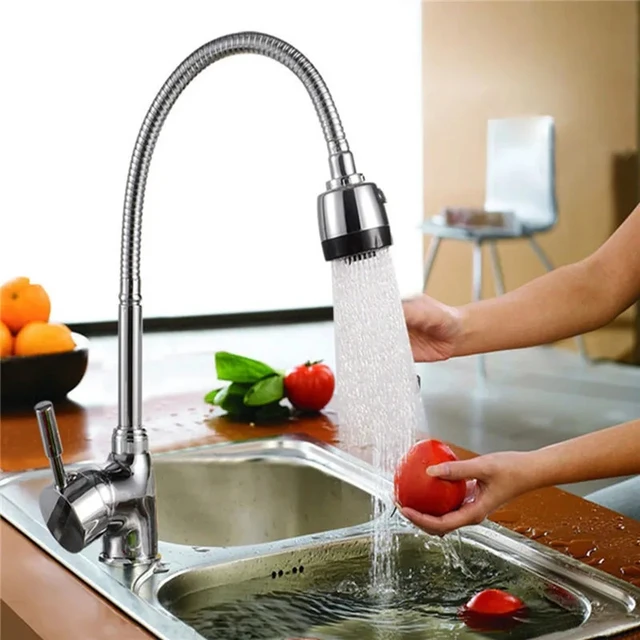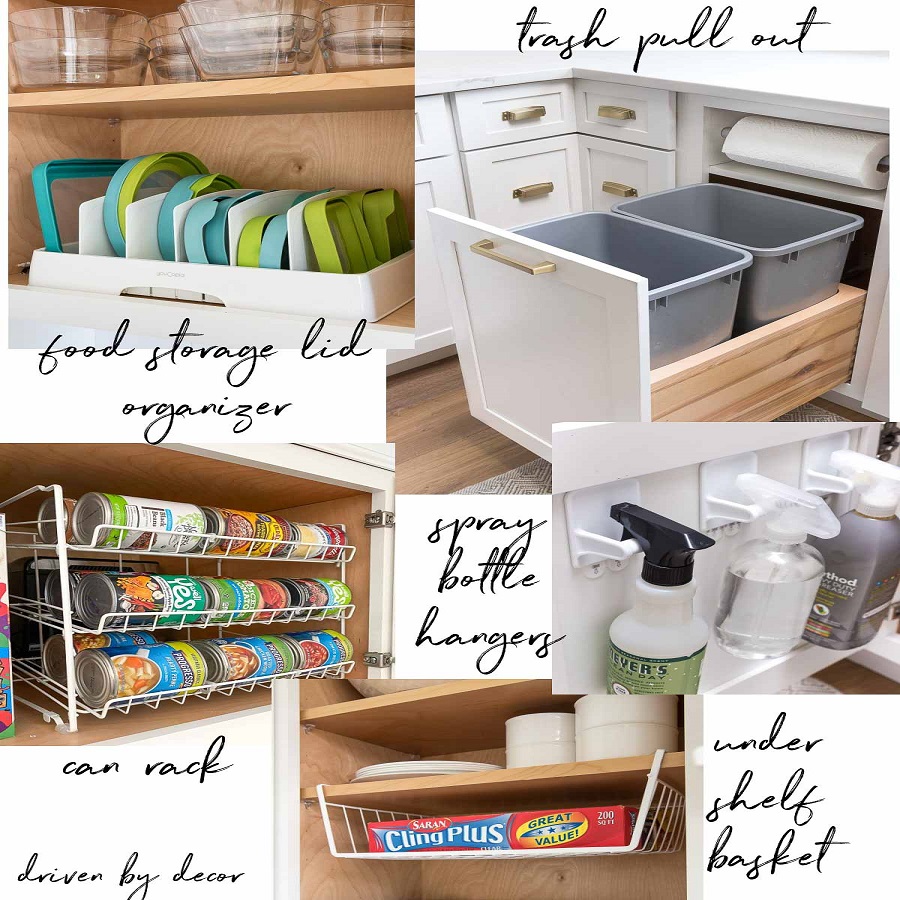 Introduction:
Introduction:
A clean and properly functioning kitchen drain is essential for maintaining a hygienic and efficient kitchen. Over time, kitchen drains can become clogged with food debris, oil, grease, and other substances, leading to unpleasant odors and slow drainage. In this comprehensive guide, we will explore various methods and techniques for cleaning a kitchen drain. By understanding these approaches, you can effectively keep your kitchen drain clean and free from blockages, ensuring a healthy and functional kitchen environment.
 Some common materials used for kitchen drains:
Some common materials used for kitchen drains:
Kitchen drains are typically made from various materials, each with its own characteristics and benefits. Here are some common materials used for kitchen drains:
Stainless Steel:
Stainless steel drains are a popular choice due to their durability, resistance to corrosion, and easy maintenance. They are highly resistant to stains and are suitable for handling hot water and heavy use in the kitchen.
Plastic:
Plastic drains are lightweight, affordable, and easy to install. They are typically made from PVC (polyvinyl chloride) or ABS (acrylonitrile butadiene styrene) materials. Plastic drains are resistant to corrosion and can handle normal kitchen use, but they may not be as durable as stainless steel.
Cast Iron:
Cast iron drains are known for their strength and durability. They can withstand heavy use and are resistant to damage, making them a popular choice for commercial kitchens. However, they require regular maintenance, as they can be prone to rust.
Copper:
Copper drains are durable, antibacterial, and aesthetically pleasing. They can add an elegant touch to the kitchen and are known for their antimicrobial properties that help inhibit the growth of bacteria. However, copper drains can be more expensive than other materials.
Brass:
Brass drains offer a combination of durability and aesthetics. They are resistant to corrosion and can withstand regular use. Brass drains often have an attractive golden or coppery appearance that can complement various kitchen styles.
These are some of the common materials used in kitchen drains. When choosing a drain material, consider factors such as durability, resistance to corrosion, maintenance requirements, and the overall look you desire for your kitchen.
 Some common types of kitchen drains:
Some common types of kitchen drains:
There are several types of kitchen drains available, each serving a specific purpose. Here are some common types of kitchen drains:
Drop-In Drain:
Drop-in drains are the most common type of kitchen drain, also known as basket strainer drains. They consist of a metal or plastic strainer basket that sits inside the drain opening. The basket catches food particles and debris, preventing them from clogging the drain. Drop-in drains are easy to install and replace.
Pop-Up Drain:
Pop-up drains, also called push/pull drains or lever drains, have a mechanism that allows you to open or close the drain by pushing or pulling a lever or knob. These drains are typically found in sinks with built-in stoppers and are convenient for filling or draining water in the sink.
Garbage Disposal Drain:
Garbage disposal drains are designed to be used with garbage disposals. They have a larger opening that allows food waste to be ground up and washed away. These drains often have a removable splash guard to prevent food particles from splashing back up.
Strainer Drain:
Strainer drains are similar to drop-in drains but have a flat surface instead of a basket. They work by trapping debris and food particles on the surface of the drain. Strainer drains are commonly used in commercial kitchens or areas where large amounts of food waste are generated.
Floor Drain:
Floor drains are typically used in commercial kitchens or industrial settings where water or other liquids need to be drained from the floor. They are larger and deeper drains that are flush with the floor surface and often have a removable cover or grate.
Trench Drain:
Trench drains, also known as channel drains or linear drains, are long, narrow drains commonly used in commercial kitchens or areas where there is a high volume of wastewater. They are designed to quickly and efficiently channel water away, preventing flooding or pooling.
These are just a few types of kitchen drains available, each catering to specific needs and preferences. When selecting a kitchen drain, consider factors such as the sink style, usage requirements, and the level of maintenance and functionality desired.
 Preventive Measures for a Clean Kitchen Drain
Preventive Measures for a Clean Kitchen Drain
Regular Cleaning:
Prioritize regular cleaning of your kitchen drain to prevent the buildup of debris and food particles.
Perform routine maintenance to keep your drain in optimal condition.
Proper Use and Disposal:
Avoid pouring grease, oil, coffee grounds, or other food scraps down the drain.
Dispose of cooking oil and food waste in appropriate containers or trash bins instead.
Cleaning Methods for Kitchen Drains
Boiling Water:
Pouring boiling water down the drain can help loosen and dissolve buildup.
Boiling water is especially effective for minor clogs and removing grease residue.
Baking Soda and Vinegar:
Sprinkle baking soda down the drain, followed by white vinegar.
After fizzing subsides, flush the drain with hot water to clear away residue and freshen the drain.
Salt and Hot Water:
Mix equal parts salt and hot water and pour it down the drain.
Allow it to sit for a few minutes before flushing with hot water to help break down grease and debris.
Commercial Drain Cleaners:
Commercial drain cleaners can be effective for removing stubborn clogs and buildup.
Follow the manufacturer’s instructions carefully and use caution when handling these products.
Mechanical Cleaning Methods:
Use a plumber’s snake or drain auger to physically remove blockages.
Insert the tool into the drain and rotate it to break up and dislodge clogs.
Maintenance Tips for a Clean Kitchen Drain
Regular Flushing:
Periodically flush your kitchen drain with hot water to help prevent clogs.
This helps to remove any buildup and keep the drain running smoothly.
Strainers and Filters:
Install strainers or filters in your sink drains to catch food debris and prevent it from entering the pipes.
Clean and empty the strainers regularly to maintain their effectiveness.
Grease Trap Usage:
If your kitchen drain is prone to grease buildup, consider installing or cleaning out a grease trap.
This device captures grease and prevents it from entering the plumbing system.
Professional Assistance
Persistent Clogs:
If home remedies and maintenance strategies fail to resolve a persistent clog, seek professional assistance.
Professional plumbers have the tools and expertise to effectively tackle more challenging drain blockages.
 Conclusion:
Conclusion:
Keeping your kitchen drain clean and free of blockages is essential for the smooth functioning of your kitchen. By implementing preventive measures and regularly cleaning your kitchen drain, you can avoid unpleasant odors, slow drainage, and costly plumbing issues. Utilizing methods such as boiling water, baking soda, vinegar, saltwater, and mechanical cleaning can help you maintain a clean drain. Additionally, adopting maintenance practices like regular flushing and using strainers or filters can prevent debris from clogging your drain. If all else fails, professional assistance is always an option for more stubborn or complex clogs.




